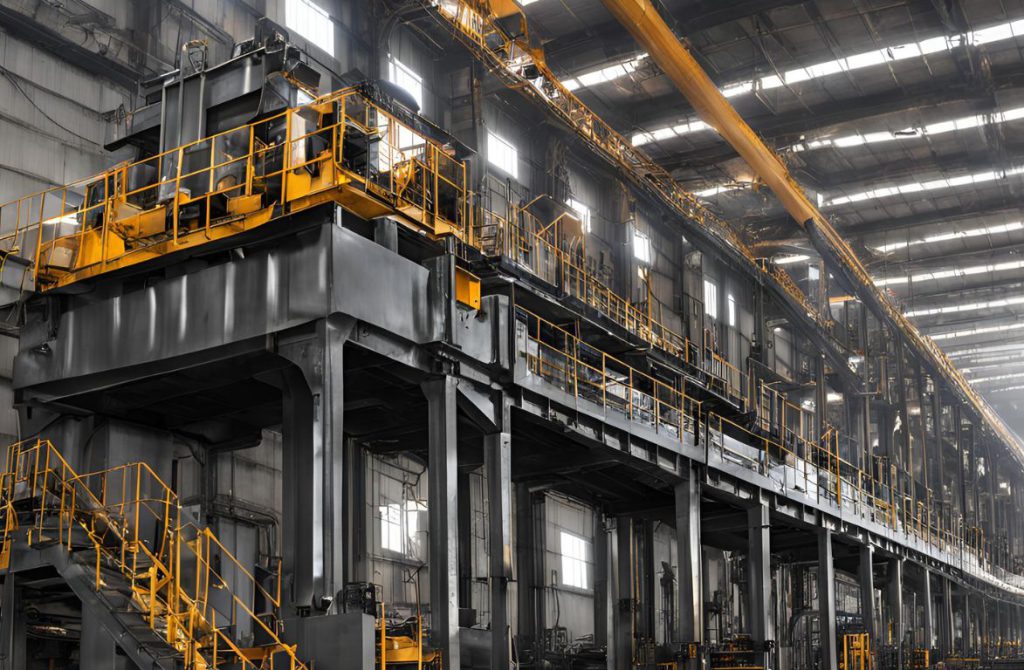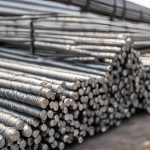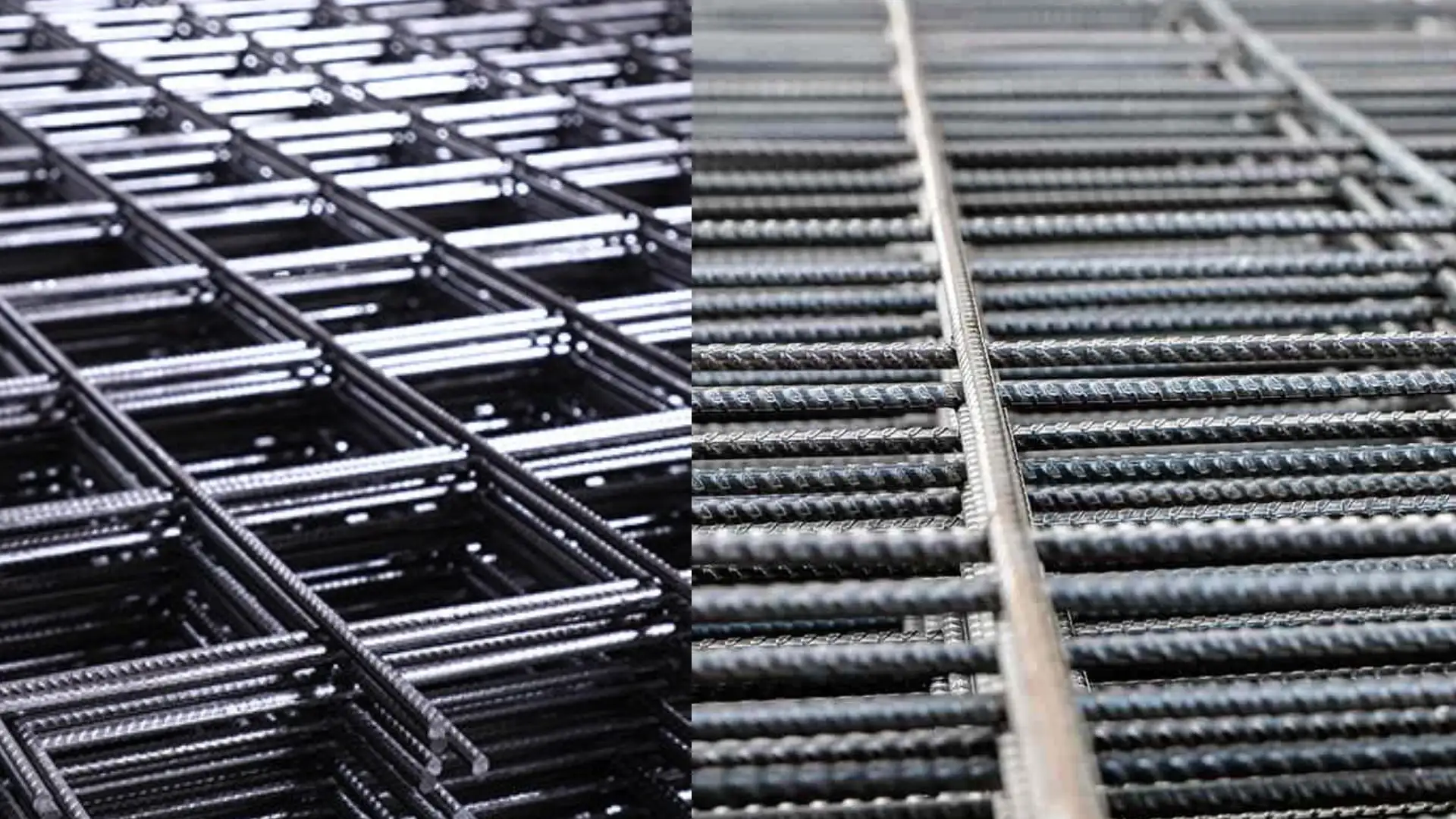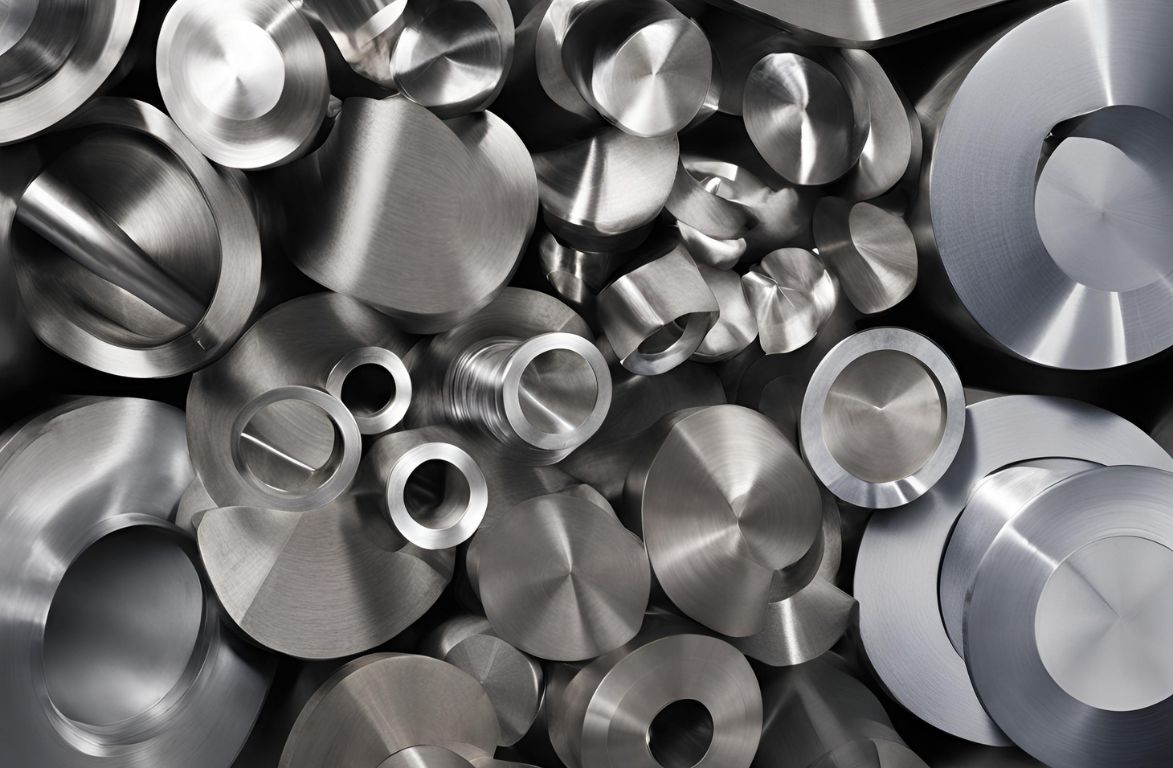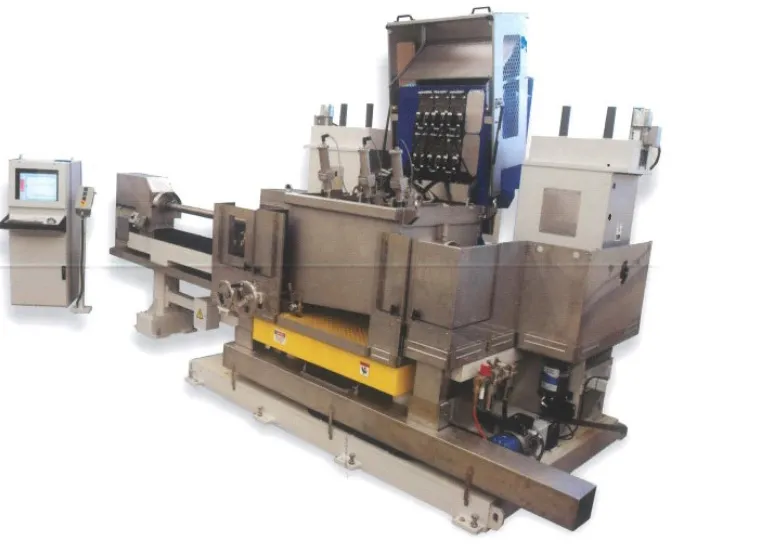Steel is easily one of the most popular construction and production alloys in the world. It is a versatile product that blends durability with cost effectiveness and flexibility to work with. India happens to be one of the top five producers of steel in the world. But while steel is a highly preferred production material, have you ever wondered how steel itself is produced?
IRON MAKING
The first step to making steel is to make the iron from which it will be made. This is usually done with the help of coal. Raw bits of iron ore, coke, and lime are put into something called a blast furnace. Here, they result in molten iron (which is also called “hot metal”
STEELMAKING
Steelmaking is of two types – primary, and secondary.
The primary steelmaking process either involves a BOS method (basic oxygen steelmaking) or EAF method (electric arc furnace). In BOS, recycled scrap steel is added into the molten iron. At a really high temperature, oxygen is blown into this mixture to reduce the overall carbon content. In EAF, however, the recycled steel scrap is put through high-power electric arcs (of temperatures as high as 1650 C) in order to fully melt it and convert it to high quality steel.
Secondary steelmaking puts together both these processes. This is mainly done to fine-tune the composition of the steel being produced. Elements are added in specific temperature and environmental controls to create the perfect composition. These controls can include stirring, ladle-furnace, ladle injections, degassing, and CAS-OB (Composition Adjustment by Sealed Argon Bubbling with Oxygen Blowing).
STEEL CASTING
The molten iron is now put into a cooling mold, which sets the shape to a certain degree. It also causes the formation of a thin, hard shell. This shell is separated by the use of guided rolls. The strands of the shell are malleable, and can be worked into the desired shape, length depending on what they will be used for. Examples include flat sheets, beams, wires, or thin strips.
PRIMARY STEEL FORMING
This is the final shaping process, where hot rollers are used to fine tune the cast. The defects of casting are removed, and the steel is molded into the exact desired shape and surface finish. This is the stage at which the rough shape of the steel transforms into definitive ones – like, pipes, wire rods, bars, rails, and more.
MANUFACTURING AND FINISHING
The final step to steel production is the secondary forming technique, which gives the steel products their final shape and properties. This is done by:
- shaping (cold rolling methods)
- machining (eg: drilling)
- joining (by means of welding)
- coating – galvanising with zinc, or cold coating and electro coating
- heat treatment (usually tempering)
- surface treatment (carburising).
In today’s world, steelmaking is trying to produce alternate and more sustainable methods that allow for this process to continue with minimal damage to natural resources. While steel remains a powerful and durable alloy, its production is massively carbon-based. Steel companies in India are trying to find alternate routes to this.
For instance, a process called Pulverized Coal Injection is sometimes used in the primary steelmaking process. In this case, coal is directly injected into the furnace instead of coke. The coal used can be of low carbon content, which also reduces the cost of production.
Another fact is that steel is completely, 100% recyclable. The BOF process uses 30% of recycled steel, while EAF uses up to 90-100%. This is a far more sustainable option instead of mining more iron ore as a fresh ingredient in the steelmaking process.
There is also an alternate steelmaking process called HIsarna ironmaking. In HIsarna, iron ore is processed immediately into hot metal. The blast furnace used is a cyclone converter furnace, which skips the making of iron pellets. This skipped step makes the entire process far more energy-efficient and lowers the carbon footprint of steel production.
Steelmaking remains crucial in the industrialized world, an unavoidable process from massive scale infrastructure to the smallest kitchen utensils. It is simply a matter of finding a process that can be sustainable in the future, and cause minimal environmental damage while doing so.

